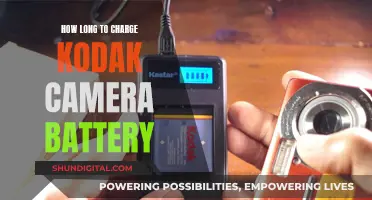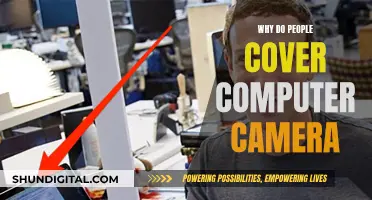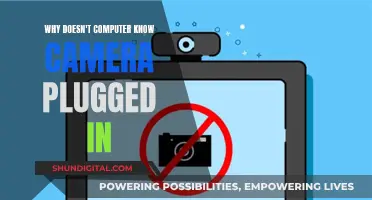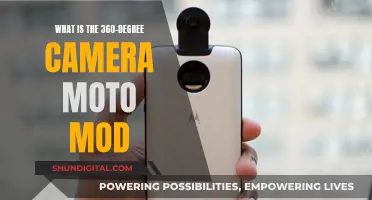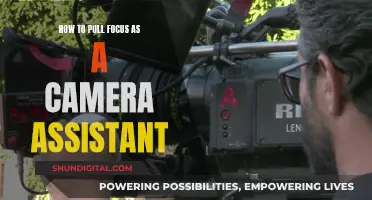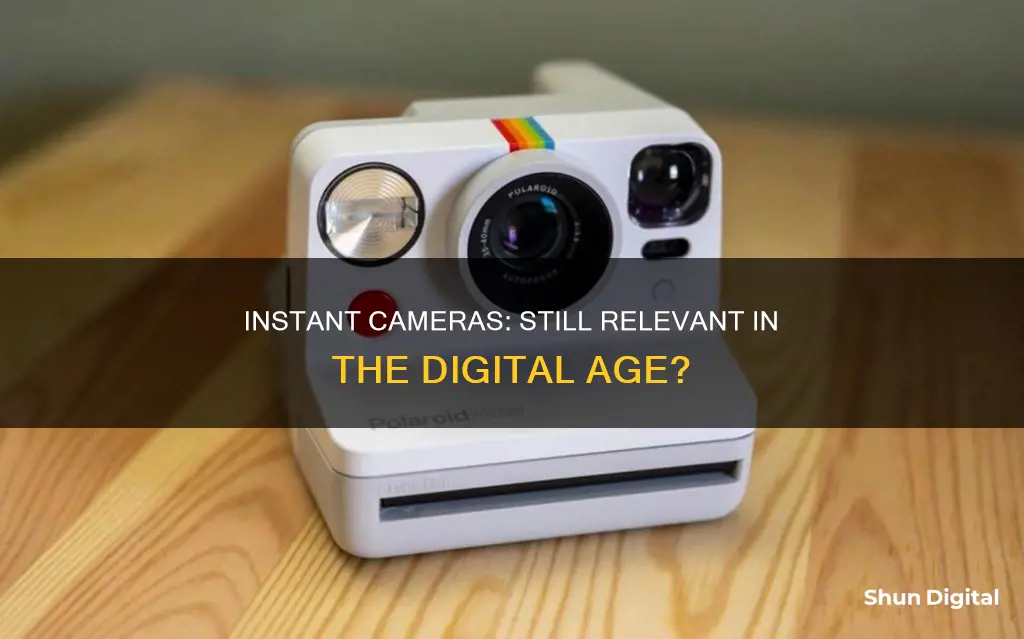
Instant cameras are still made and widely available, with Fujifilm and Polaroid being the most popular brands. Instant cameras are simple to use, and their prints are reasonably priced, costing less than $1 per print. Instant cameras are back in fashion for a multitude of reasons. They offer something different and special to users, and there is also an element of nostalgia attached to them. Instant cameras are perfect for scrapbooking, and several users admit that they encourage people to live in the moment.
| Characteristics | Values |
|---|---|
| Instant camera brands | Polaroid, Fujifilm, Kodak, Canon, Dragon Touch, Leica |
| Instant camera models | Now, Now+, Go, I-2, 600 Cool Cam, Instax Mini 12, Mini 99, Mini 40, Mini Evo, Mini 70, Mini 11, Mini 9, Mini 40, Square SQ40, Square SQ1, Wide 300, Ivy Cliq+, Smile Instant Print Digital Camera |
| Instant camera features | Autofocus, built-in timer, selfie mode, rechargeable batteries, internal memory storage, Bluetooth connectivity, phone app, hybrid instant-and-digital, interchangeable lenses |
| Instant camera film formats | Instax Mini, Instax Square, Instax Wide, I-Type, Zink, 4Pass Photo Paper |
| Instant camera film cost | $0.50-$2 per print |
What You'll Learn

Instant cameras are still made by Polaroid and Fujifilm
Instant cameras are indeed still made by Polaroid and Fujifilm. In fact, instant cameras are making a comeback, with Polaroid and Fujifilm leading the way. Instant cameras are simple to use, and they create a unique aesthetic that can't be perfectly reproduced by a smartphone camera.
Polaroid's Now Generation 2 i-Type Instant Camera is a great example of a modern instant camera. It has autofocus and a built-in timer for selfies and group shots. Fujifilm's Instax Mini 12 is another excellent option. It's easy to use, with just three controls: on, off, and close-up (for selfies). The Mini 12 also has a flash that fires with every shot and a small mirror for framing.
If you're looking for something more advanced, the Fujifilm Instax Mini Evo might be the perfect choice. It offers the analog charm of an instant camera while letting you choose which images to print onto Instax Mini film using a small LCD screen. The Mini Evo also has a smartphone app that unlocks additional features, including remote shooting and the ability to print images from your phone.
Instant cameras from Polaroid and Fujifilm offer a fun and nostalgic way to capture and share memories. Whether you're looking for a simple point-and-shoot experience or more advanced features, there's an instant camera out there that's right for you.
Home Camera Service Charges: What's the Deal?
You may want to see also

They're regaining popularity, especially among Generation Z
Instant cameras are regaining popularity, especially among Generation Z. This resurgence is driven by a combination of factors, including nostalgia and the desire for tangible photographs. The unique qualities of instant photos, such as their dreaminess and vintage aesthetic, also contribute to their appeal.
Instant cameras offer physical, one-of-a-kind photographs that can be gifted, scrapbooked, or displayed. In an increasingly digital world, having a tangible object holds a certain appeal, especially for Generation Z, who have grown up in the digital age. The tactile nature of instant photos provides a sense of connection and authenticity that digital images may lack.
Additionally, the instant photography experience is different from digital photography. It involves more steps and requires more involvement from the photographer. The process of creating and sharing images becomes a bigger part of one's life, aligning with the desire for meaningful experiences. The use of an instant camera can enhance one's presence and attention during the photographic experience, as it requires more effort to capture and share the images.
The vintage aesthetic of instant photos is also appealing to Generation Z. The grainy, blown-out look with flash flare creates an atmospheric effect that is often sought after. The unique visual effects and the lack of automated features in instant cameras allow individuals to express their creativity and develop their sense of self.
Furthermore, the resurgence of instant cameras can be attributed to the desire to own a physical camera. In an era where most people rely on their smartphone cameras, having a separate device dedicated solely to photography can be a meaningful choice. It allows individuals to focus on the act of taking pictures without the distractions of a smartphone, such as notifications and other apps.
Instant cameras provide a unique blend of nostalgia, tangibility, and creative expression that resonates with Generation Z. They offer a different photographic experience that slows down the process and invites more involvement, ultimately contributing to a sense of meaning and presence in one's life.
Extracting Raw Files: Unlocking Your Camera's Full Potential
You may want to see also

Fujifilm's Instax Mini 12 is a good entry-level instant camera
Instant cameras are still made and are gaining popularity, especially among Generation Z, who are drawn to the tangibility of physical photographs. Fujifilm and Polaroid are two companies that continue to produce instant cameras and films.
The Fujifilm Instax Mini 12 is a good entry-level instant camera for several reasons. Firstly, it is easy to use, with simple controls and modes that make it perfect for on-the-go, in-the-moment use. The camera has an intuitive design where you twist the lens to turn it on, twist further to activate the close-up mode, and then twist again to turn it off. This close-up mode is ideal for selfies as it has a perfectly positioned selfie mirror and automatic flash control. The viewfinder also lines up neatly with the lens, ensuring that what you see is what you get in your final photo.
Secondly, the Fujifilm Instax Mini 12 produces high-quality, bright images with automatic exposure. The camera automatically adjusts shutter speed, flash brightness, and other settings according to the ambient light, making it effortless to capture well-exposed photos. This feature, along with the automatic flash, means you don't have to worry about adjusting any settings manually.
Thirdly, the Fujifilm Instax Mini 12 has a playful and colourful design, with five appealing colours to choose from: Pastel Blue, Mint Green, Blossom Pink, Lilac Purple, and Clay White. This instant camera is not just functional but also adds a touch of joy and creativity to your photography experience.
Lastly, the Fujifilm Instax Mini 12 offers excellent value for money. While the camera itself is reasonably priced, keep in mind that the cost of film can add up over time. However, with its combination of ease of use, image quality, and stylish design, the Fujifilm Instax Mini 12 is an excellent choice for anyone looking to capture and share memories in a fun and instant way.
Camera Raw Compatibility with Adobe CS6
You may want to see also

Instant cameras are simple to use and don't require much instruction
The Fujifilm Instax Mini 8, for example, is a popular choice for instant camera newbies. It is stylish and user-friendly, and its newer models, like the Instax Mini 12, offer additional features such as a selfie mirror, automatic flash control, and a close-up mode.
- Insert the batteries.
- Press the power button to turn the camera on.
- Press the shutter to eject the film cover.
- Point the lens at the center of your subject to determine the brightness.
- Turn the dial to the camera’s chosen setting (the corresponding lamp will light up).
- Press the shutter to take the photo.
- Wait for the film to eject, then carefully remove it from the film slot.
- Place the film on a flat surface and wait for it to develop. Do not shake the film.
Other instant cameras, like the Polaroid Now+, have similar processes for taking photos. You turn the camera on, wait for the retractable lens to pop out, point the lens at your subject, adjust the brightness setting if needed, and press the shutter button. Then, simply wait for your photo to develop!
Instant cameras are a fun and easy way to capture memories and fill up a physical photo album or decorate your fridge. They are simple to use and provide instant gratification, making them a great choice for beginners and photography enthusiasts alike.
London Congestion Charge Cameras: Locations and How They Work
You may want to see also

Instant film is expensive
Firstly, instant film is expensive because it is costly to produce. Recreating and manufacturing instant film is a complex and challenging process, as highlighted by the difficulties faced by Polaroid and the Impossible Project. The low demand for instant film further contributes to the high prices. With fewer people opting for instant photography in the digital age, manufacturers have less incentive to produce instant film in high volumes, which could drive down costs.
Additionally, the limited options available for instant film also play a role in keeping prices high. Fujifilm's Instax film, for example, costs around 75 cents per shot, which is significantly more expensive than digital alternatives. The large size of Instax cameras may also deter some consumers, making it seem like instant film is a thing of the past.
Furthermore, instant film cameras themselves can be costly, with some models priced at a few hundred dollars. This initial investment, coupled with the ongoing expense of film and processing, makes instant photography a relatively expensive hobby compared to digital photography.
However, it is worth noting that instant film offers a unique, tangible experience that digital cameras cannot replicate. The instant, physical photographs produced by these cameras can be treasured, gifted, or displayed, providing a different kind of value that justifies the expense for some enthusiasts.
Charging Your Camera: Can You Still Capture Shots?
You may want to see also


